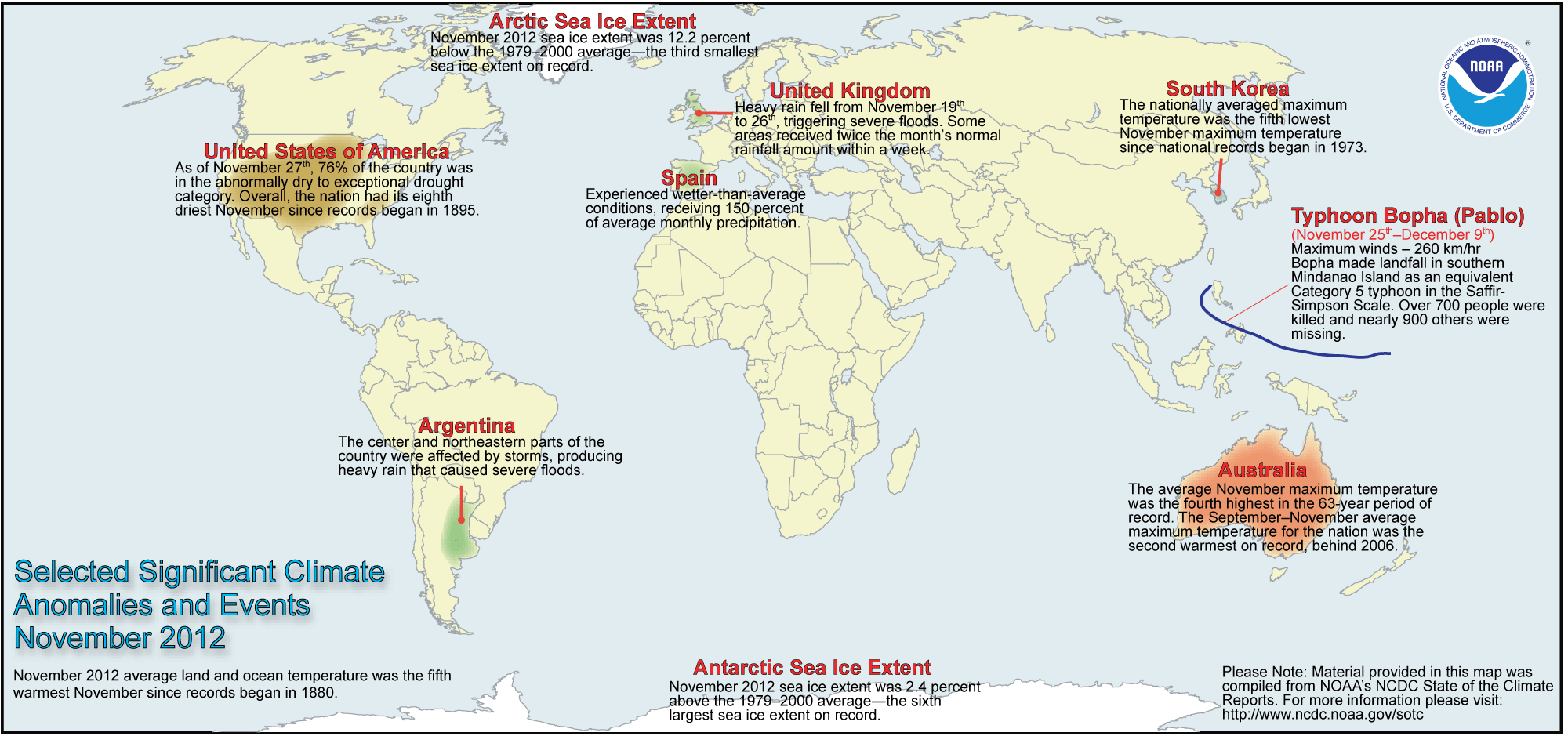
(NASA caption) Ozone depletion occurs in cold temperatures, so the ozone hole reaches its annual maximum in September or October, at the end of winter in the Southern Hemisphere. Credits: NASA/NASA Ozone Watch/Katy Mersmann
Good news from NASA and NOAA: The ozone hole over Antarctica is shrinking, because policy makers heeded warnings from scientists, and they acted in the 1980s to stop the pollution that made the ozone hole grow into hazard.
In other words, cleaning up air pollution works to reduce problems.
If we apply those same principles to global warming climate change, we can save the planet: Listen to scientists, band together internationally, take effective action to stop the pollution.
BUT, much of the shrinkage in the past two years was due to warming atmosphere, which reduces the cold weather period during which the ozone hole grows. In other words, effects of the anti-pollution action isn’t yet clear.
This NASA video explains:
NASA discussed the events in a press release.
“The Antarctic ozone hole was exceptionally weak this year,” said Paul A. Newman, chief scientist for Earth Sciences at NASA’s Goddard Space Flight Center in Greenbelt, Maryland. “This is what we would expect to see given the weather conditions in the Antarctic stratosphere.”
The smaller ozone hole in 2017 was strongly influenced by an unstable and warmer Antarctic vortex – the stratospheric low pressure system that rotates clockwise in the atmosphere above Antarctica. This helped minimize polar stratospheric cloud formation in the lower stratosphere. The formation and persistence of these clouds are important first steps leading to the chlorine- and bromine-catalyzed reactions that destroy ozone, scientists said. These Antarctic conditions resemble those found in the Arctic, where ozone depletion is much less severe.
In 2016, warmer stratospheric temperatures also constrained the growth of the ozone hole. Last year, the ozone hole reached a maximum 8.9 million square miles, 2 million square miles less than in 2015. The average area of these daily ozone hole maximums observed since 1991 has been roughly 10 million square miles.
Although warmer-than-average stratospheric weather conditions have reduced ozone depletion during the past two years, the current ozone hole area is still large because levels of ozone-depleting substances like chlorine and bromine remain high enough to produce significant ozone loss.
Scientists said the smaller ozone hole extent in 2016 and 2017 is due to natural variability and not a signal of rapid healing.
First detected in 1985, the Antarctic ozone hole forms during the Southern Hemisphere’s late winter as the returning sun’s rays catalyze reactions involving man-made, chemically active forms of chlorine and bromine. These reactions destroy ozone molecules.
Thirty years ago, the international community signed the Montreal Protocol on Substances that Deplete the Ozone Layer and began regulating ozone-depleting compounds. The ozone hole over Antarctica is expected to gradually become less severe as chlorofluorocarbons—chlorine-containing synthetic compounds once frequently used as refrigerants – continue to decline. Scientists expect the Antarctic ozone hole to recover back to 1980 levels around 2070.
Ozone is a molecule comprised of three oxygen atoms that occurs naturally in small amounts. In the stratosphere, roughly 7 to 25 miles above Earth’s surface, the ozone layer acts like sunscreen, shielding the planet from potentially harmful ultraviolet radiation that can cause skin cancer and cataracts, suppress immune systems and also damage plants. Closer to the ground, ozone can also be created by photochemical reactions between the sun and pollution from vehicle emissions and other sources, forming harmful smog.
Although warmer-than-average stratospheric weather conditions have reduced ozone depletion during the past two years, the current ozone hole area is still large compared to the 1980s, when the depletion of the ozone layer above Antarctica was first detected. This is because levels of ozone-depleting substances like chlorine and bromine remain high enough to produce significant ozone loss.
More work to do; but at least the damage is not increasing dramatically. While it would be good to be able to report that human action to close the ozone hole had produced dramatic results, it is still useful to track the progress of this action, especially when global warming/climate change dissenters frequently argue falsely that the ozone hole never existed, and warming is a similar hoax.
NASA’s AURA satellite group said the ozone holes should be repaired and gone by 2040, 23 years from now.
We hope they’re right.

(NASA caption) At its peak on Sept. 11, 2017, the ozone hole extended across an area nearly two and a half times the size of the continental United States. The purple and blue colors are areas with the least ozone. Credits: NASA/NASA Ozone Watch/Katy Mersmann
More:
- Ozone hole is tracked by the AURA satellite
- Another satellite used to track ozone progress is the Microwave Limb Sounder (MLS)
- Even more measurements are made by the NASA-NOAA Suomi National Polar-orbiting Partnership satellite
- UPDATE: What Would have Happened to the Ozone Layer if Chlorofluorocarbons (CFCs) had not been Regulated? (UPDATED) (tip of the scrub brush to @KatyMersmann)
Tip of Millard Fillmore’s old scrub brush to Sean Sublette at Climate Central



 Posted by Ed Darrell
Posted by Ed Darrell 















